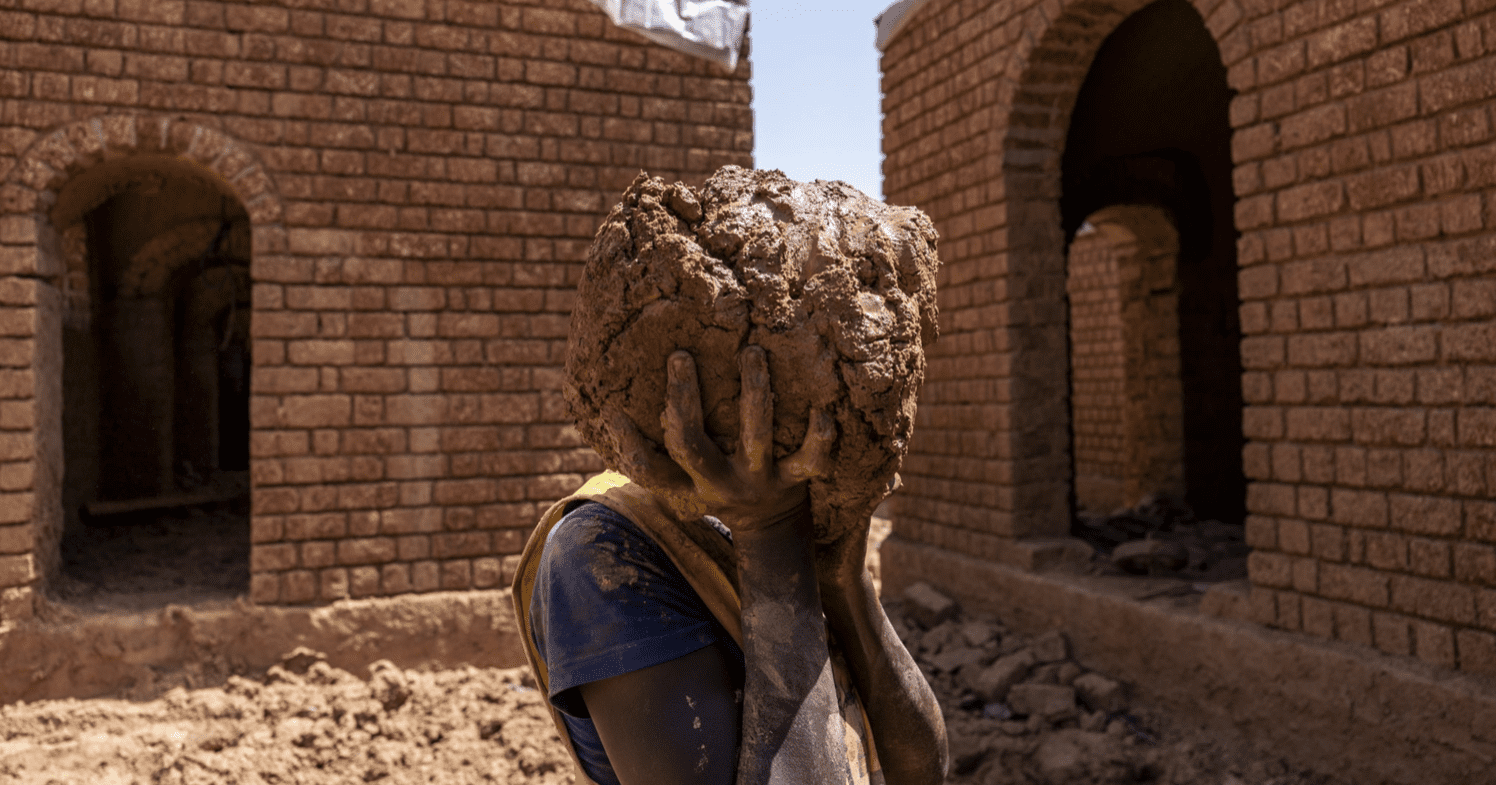Why these West African architects are choosing mud over concrete

News Detail

Year:
2021
Country:
Burkina Faso
Source:
National GeographicThe traditional building material is cooler, cheaper, and requires less energy to make. But convincing villagers in Burkina Faso to stick with mud isn’t easy.
It’s 11 a.m. on a mid-May morning in the village of Koumi, Burkina Faso, and Sanon Mousa has almost finished the annual maintenance on his three-room house. He has replaced termite-ridden roof supports with freshly cut beams. He has applied a layer of reinforcing mud to the walls, some of which are a yard thick and more than 100 years old. After replenishing the thatch and sacrificing a goat to the memory of his ancestors, all that will remain is for his female relatives to apply layers of rainproofing to the exterior.
“The mud will keep us cool. The motor oil, clay, and cow dung will keep us dry,” Mousa says. “We’ve perfected this.”
Mousa, a 50-something retired school librarian with a slight paunch and a serious demeanor, is proud of his work. That doesn’t mean living in it is his first choice, though. When we met, two brothers in the village had recently been killed in their sleep when a mud wall collapsed on them.
More info